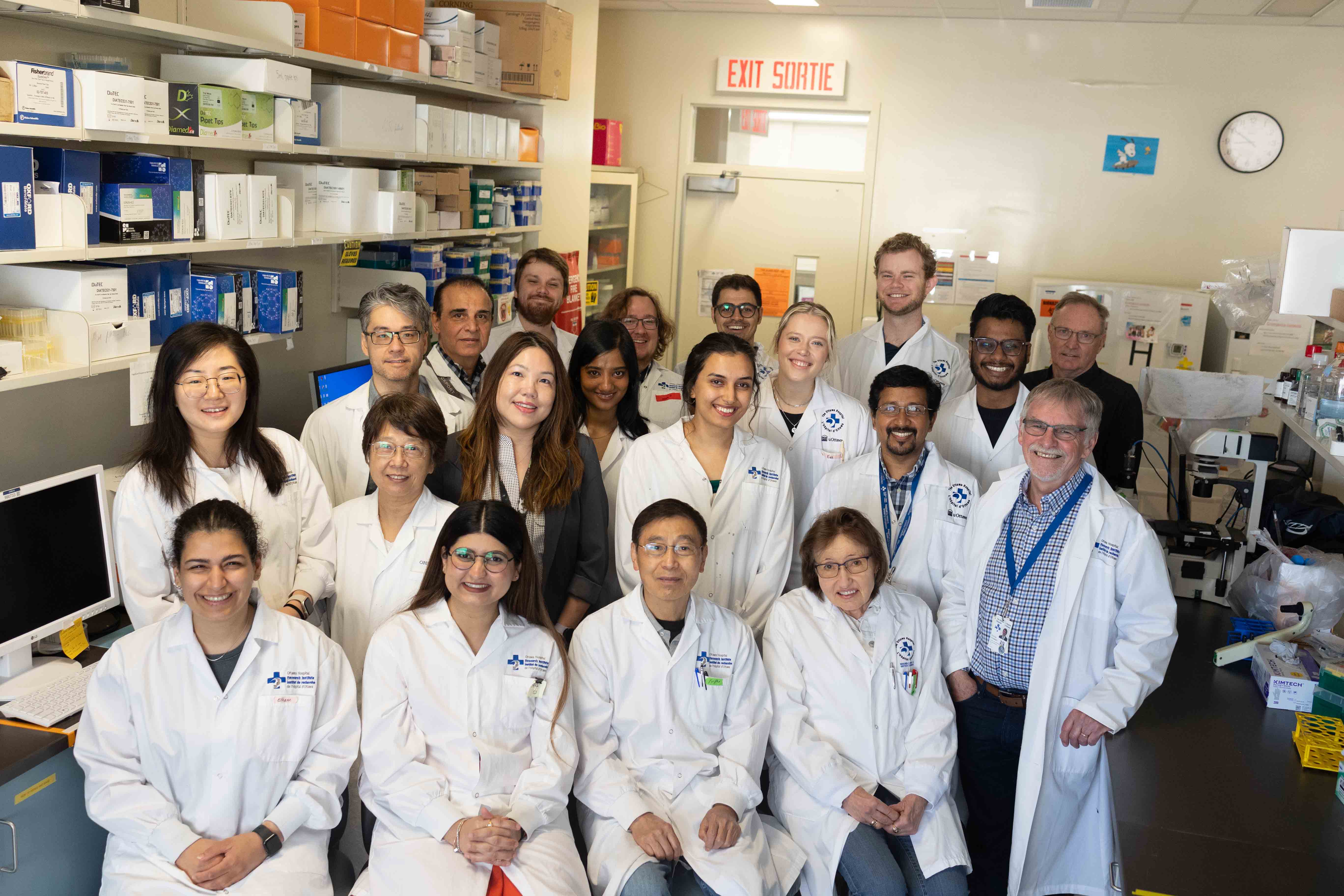 Stewart LabWhat is the best way to complete a jigsaw puzzle? Some might say starting with the corners; others swear by sorting colours and patterns. But there’s one thing everyone can agree on when it comes to seeing the whole picture: all the pieces must be revealed before solving the puzzle.
Stewart LabWhat is the best way to complete a jigsaw puzzle? Some might say starting with the corners; others swear by sorting colours and patterns. But there’s one thing everyone can agree on when it comes to seeing the whole picture: all the pieces must be revealed before solving the puzzle.
Single-cell RNA sequencing works the same way. By capturing the gene expression of individual cells, it reveals the full complexity of tissues — piece by piece. In a new study published in Cardiovascular Research, researchers used this cutting-edge technique to explore pulmonary arterial hypertension (PAH), a serious condition that causes the narrowing and remodeling of small arteries in the lungs, often leading to heart failure.
Using lung tissue from rats with induced PAH, the research team identified 44 distinct cell populations. When compared to human lung samples with the disease, two cell types emerged as disease-specific and central to the vascular remodeling process: Dedifferentiated Endothelial Cells (dDECs) and Activated Arterial Endothelial Cells (aAECs).
Neither dDECS nor aAECs are present in healthy lung tissue: dDECs contribute to scarring and stiffening of blood vessels, while aAECs express a gene associated with cell growth and structural thickening, which can block lung arteries.
“We knew that endothelial cells played a role in PAH, but the exact mechanisms were unknown,” says Dr. Duncan Stewart, study lead, senior scientist at The Ottawa Hospital, cardiologist at the University of Ottawa Heart Institute and professor at the University of Ottawa. “Now that we’ve found cells that drive the disease, exploring ways to block or reverse their function are important next steps, along with continuing to identify other dangerous cell populations.”
Authors: Nicholas D Cober, Emma McCourt, Rafael Soares Godoy, Yupu Deng, Ken Schlosser, Elmira Safaie Qamsari, Jalil Azami, Elham Salehisiavashani, David P Cook, Sarah-Eve Lemay, Timothy Klouda, Ke Yuan, Sébastien Bonnet, Duncan J Stewart
Cores: StemCore, Bioinformatics, MicroCT
Funding: Canadian Institutes of Health Research, Canadian Vascular Network
The Ottawa Hospital is a leading academic health, research and learning hospital proudly affiliated with the University of Ottawa and supported by The Ottawa Hospital Foundation.
